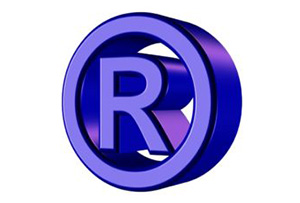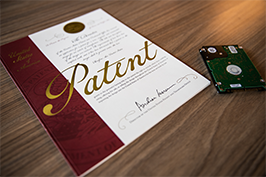So Whose Work is it Anyway?: A Discussion on Who Owns Copyrights to a Work
As an intellectual property lawyer I am often asked who owns the copyrights to a work. Under the Copyright Act of 1976, 17 U.S.C. §§ 101-1332 (2012), copyright ownership vests initially with the author or authors of the work. In general, the author is the party who creates and fixes the work onto any fixed tangible medium of expression entitled to copyright protection. However, an interesting question arises when a party hires another party to create the work. This article covers issues that should be considered when transferring or licensing copyrights from one party to another.
The Copyright Act includes an important exception for works “made for hire” to the rule that copyright ownership vests initially with the author of the work. Under the “made for hire” exception, “the employer or other person for whom the work was prepared is considered the author . . . .” 17 U.S.C § 201(b). As a result, how a work is classified carries great significance to both employers and freelance artists, software developers, photographers, architects, etc.
The Copyright Act classifies a work as “made for hire” in two circumstances:
(1) a work prepared by an employee within the scope of his or her employment; or
(2) a work specially ordered or commissioned for use
- as a contribution to a collective work,
- as a part of a motion picture or other audiovisual work,
- as a translation,
- as a supplementary work,
- as a compilation,
- as an instructional text,
- as a test,
- as answer material for a test,
- or as an atlas,
if the parties expressly agree in a written instrument signed by them that the work shall be considered a work made for hire. 17 U.S.C § 101.
Determining if a work is “made for hire” may be difficult because it is not always easy to apply the legal definition of the term. Parties should pay close attention to whether a work may be considered a work “made for hire”. Classifying a work as “made for hire” determines not only initial ownership of its copyrights, but also the copyright’s duration (§ 301(c)), renewal rights (§ 203(a)), termination rights and the right to import certain goods bearing the copyright (§ 601(b)(1)). The Supreme Court’s decision in Community for Creative Non-Violence v. Reed, 490 U.S. 730 (1989), is a landmark case that addresses the definition of a work “made for hire”.
In Community for Creative Non-Violence v. Reed, the Supreme Court held that one must first determine if a work is prepared by (a) an employee, or (b) an independent contractor. For copyright purposes, the legal definition of an employee may differ from the common understanding of the term. The legal definition of employee is defined by agency law. The Supreme Court in Community for Creative Non-Violence v. Reed identified factors that must be analyzed to determine whether a party can be classified as an employee including: (a) control by the employer over the work; (b) control by the employer over the employee; and (c) status and conduct of the employer. If neither of the above two categories apply, then a written transfer agreement with adequate specificity must be executed by the author.
Parties must be cautious when transferring copyright ownership rights because copyrights can be an extremely valuable commodity. Under the Copyright Act, a transfer of copyright ownership is invalid unless the agreement is in writing and signed by the copyright owner. 17 U.S.C § 204. In many cases, courts have found transfer agreements to be not effective due to poor drafting. When transferring or licensing copyrights, parties should have their transfer or license agreement carefully drafted to effectively accomplish their goals. To learn more about Derek Fahey, the author of this article, click here.












